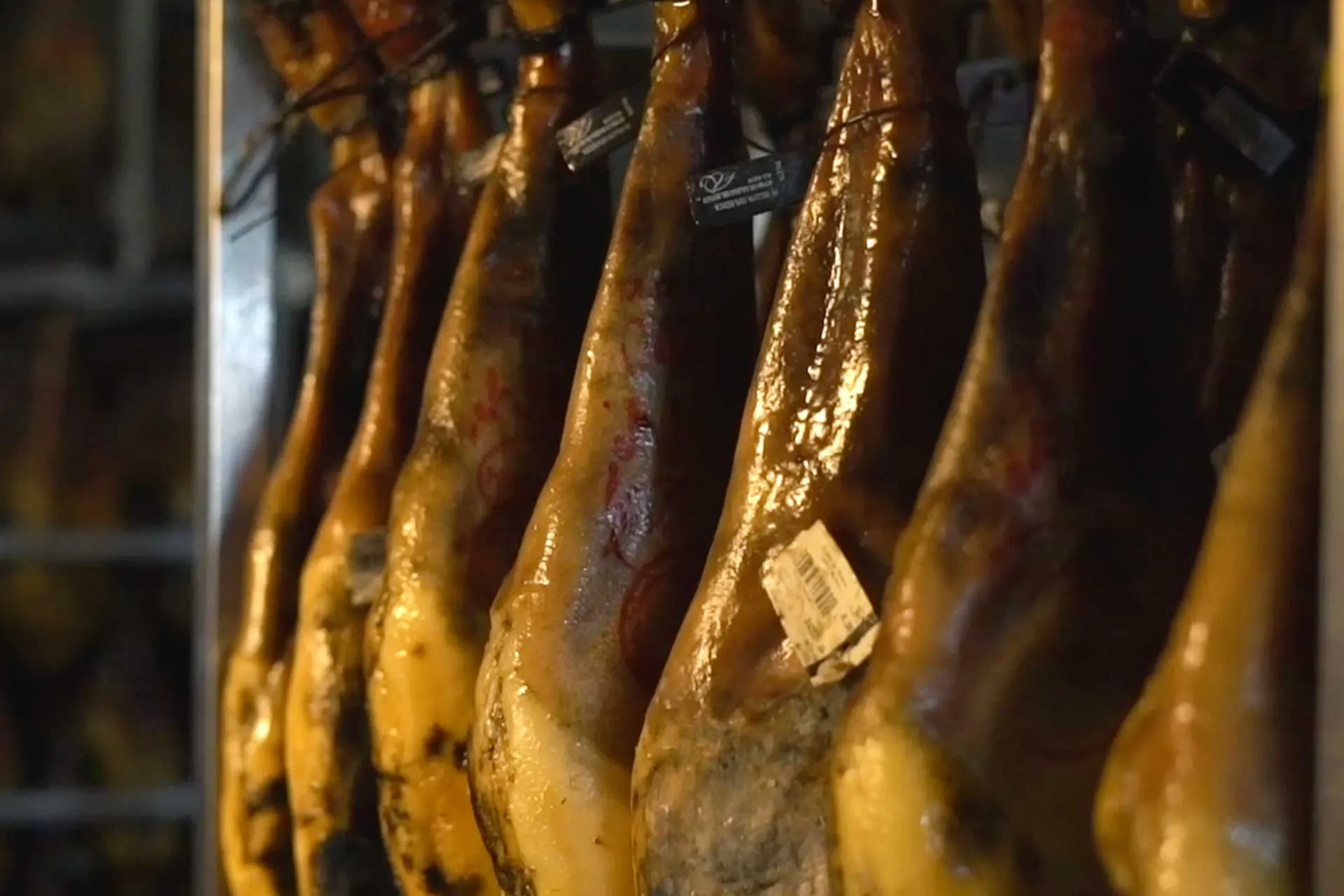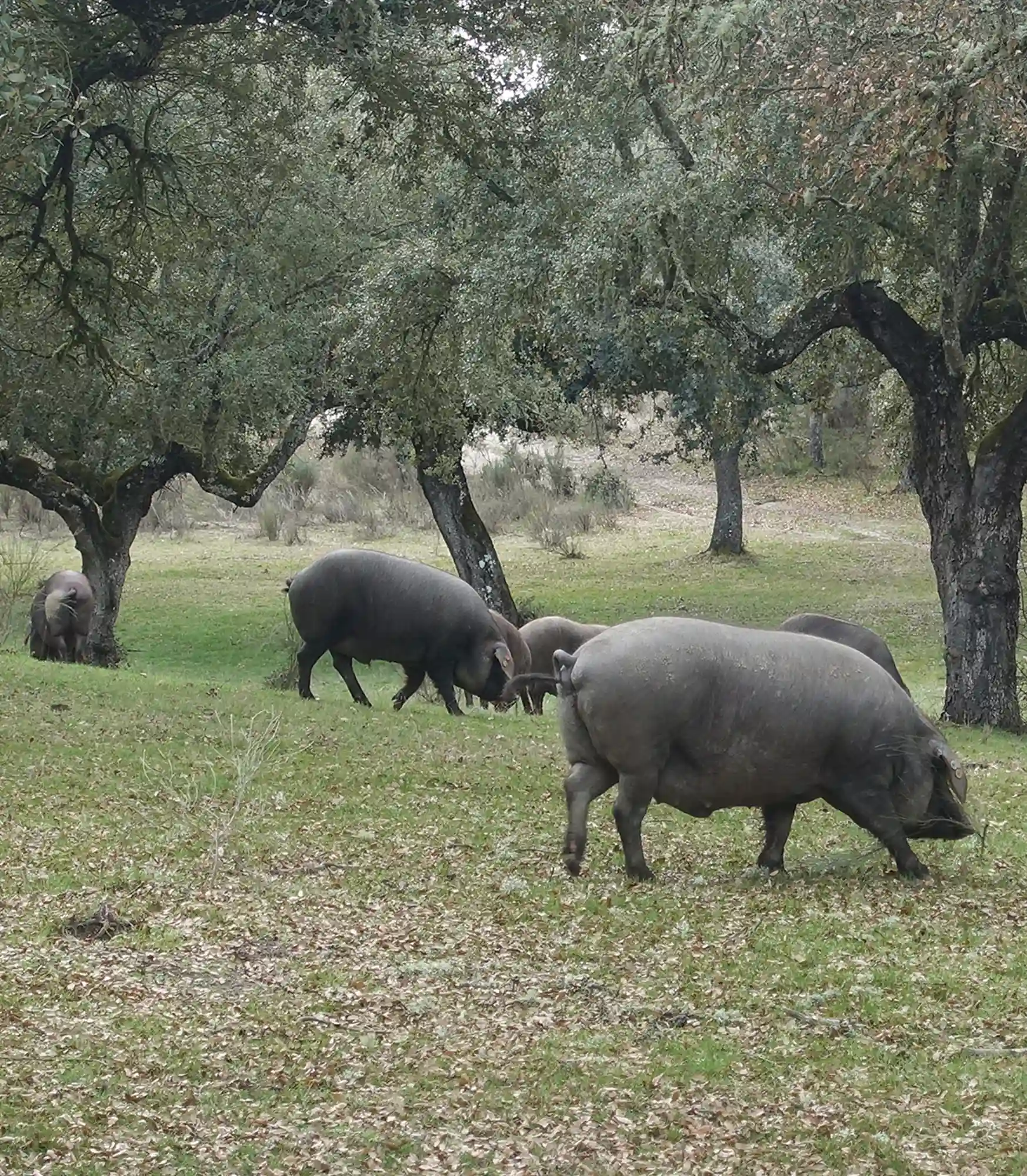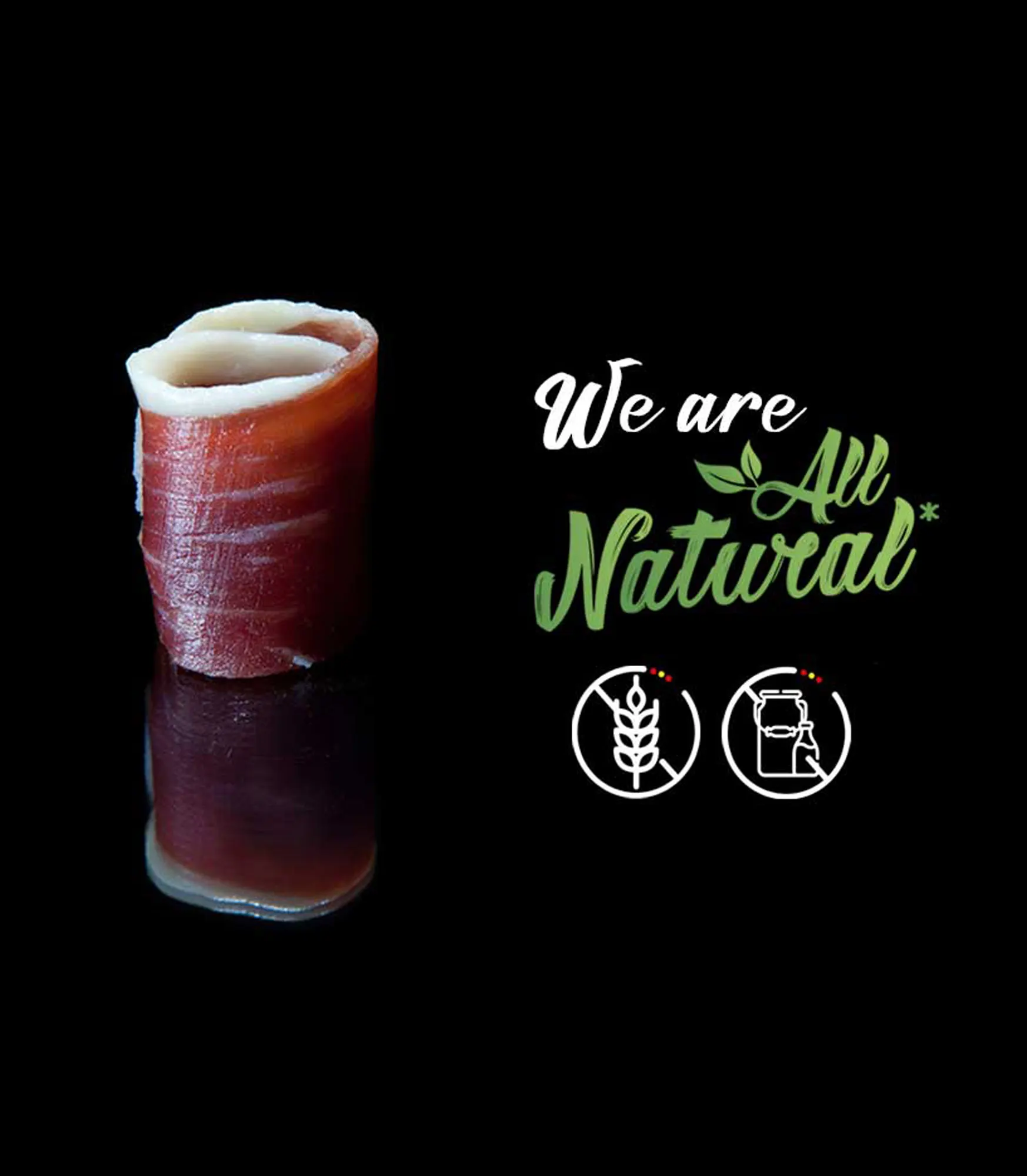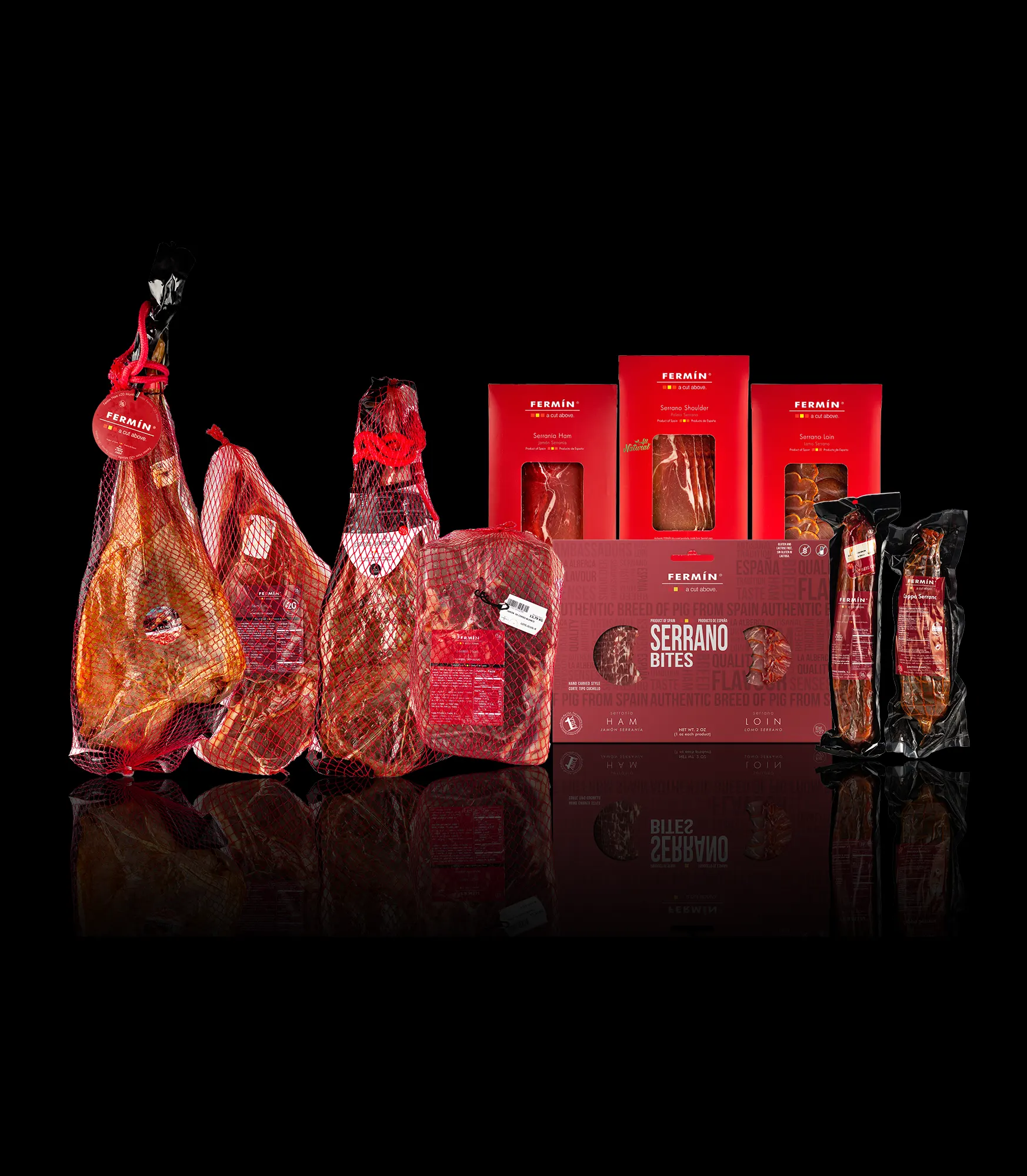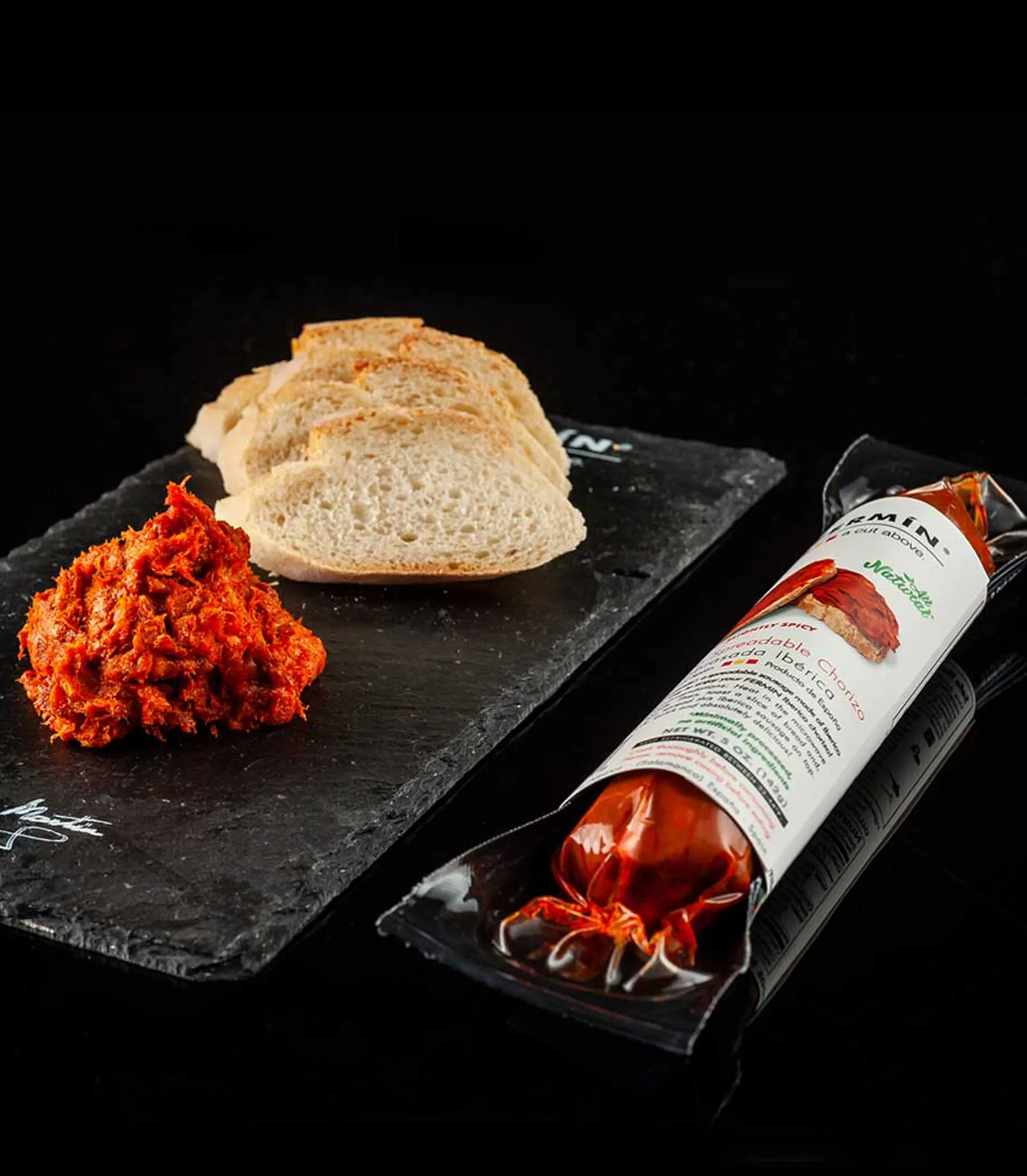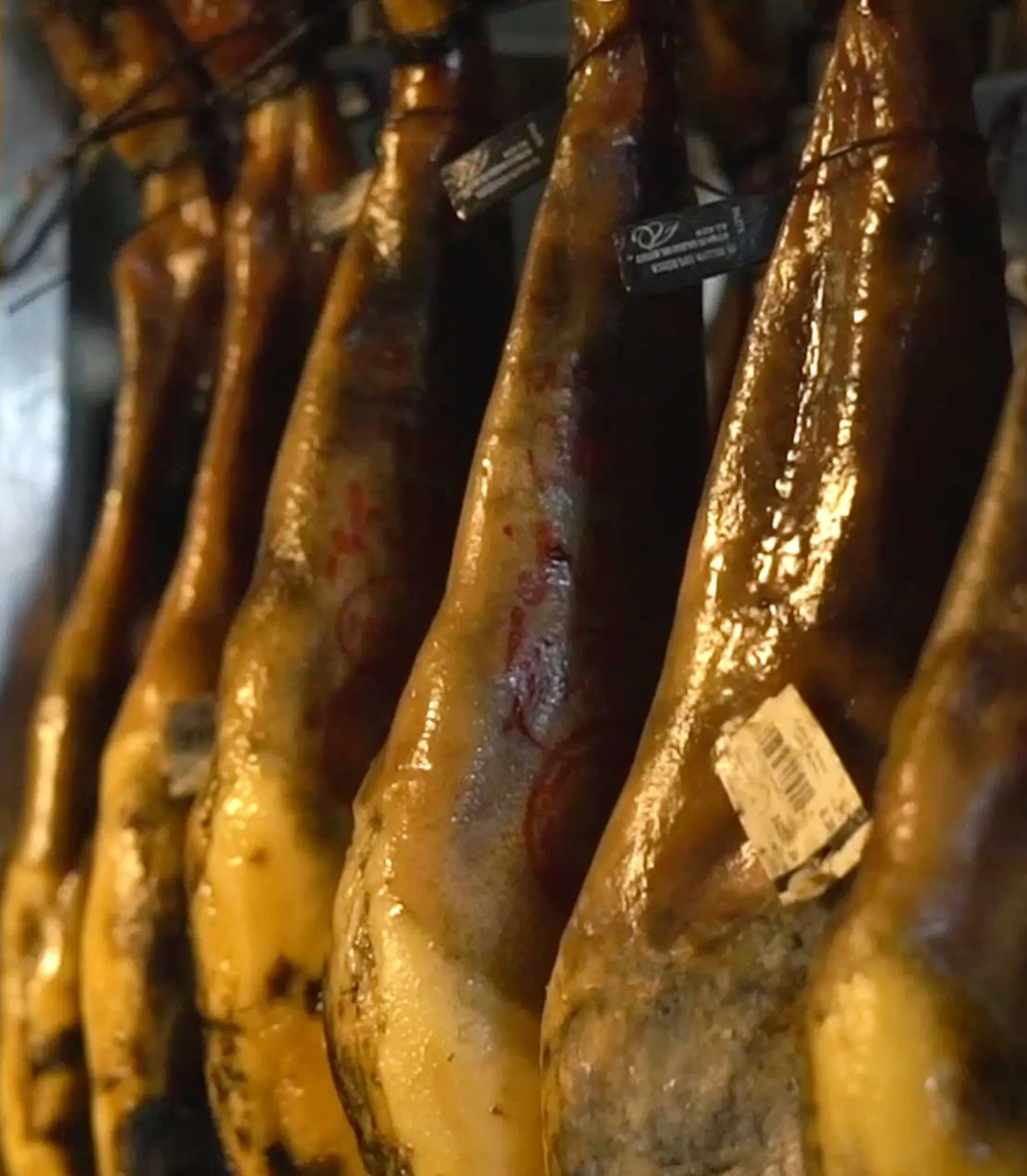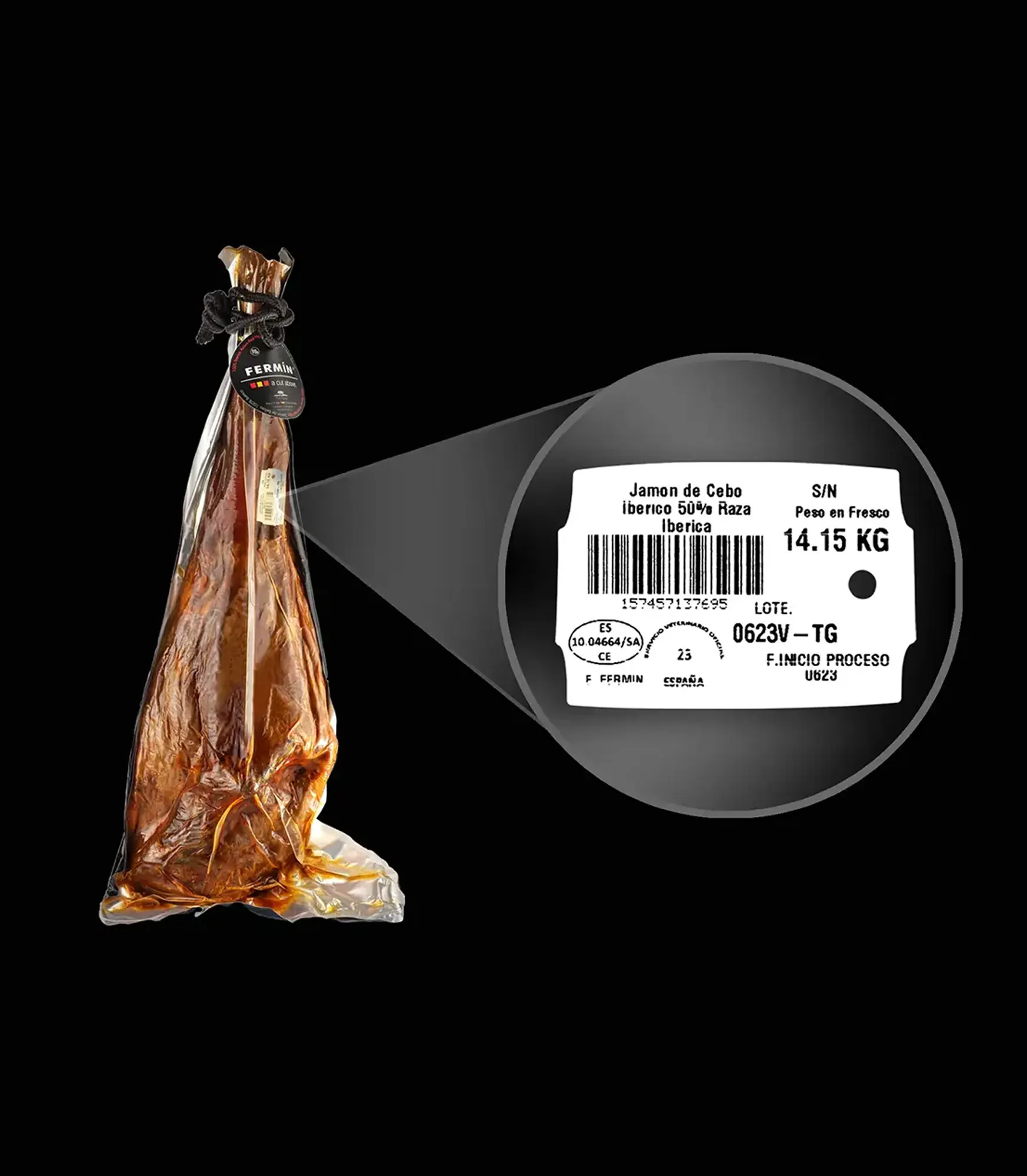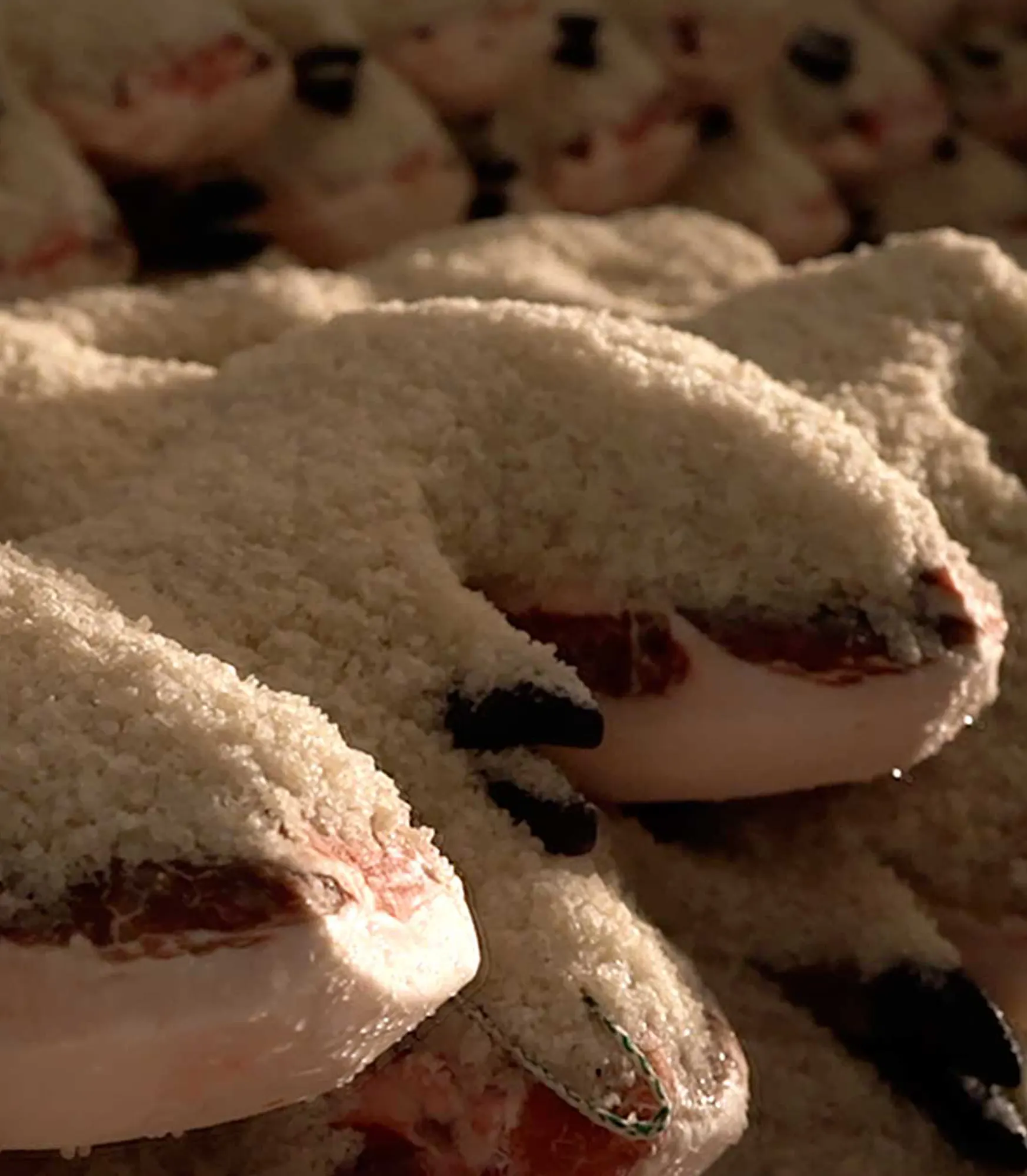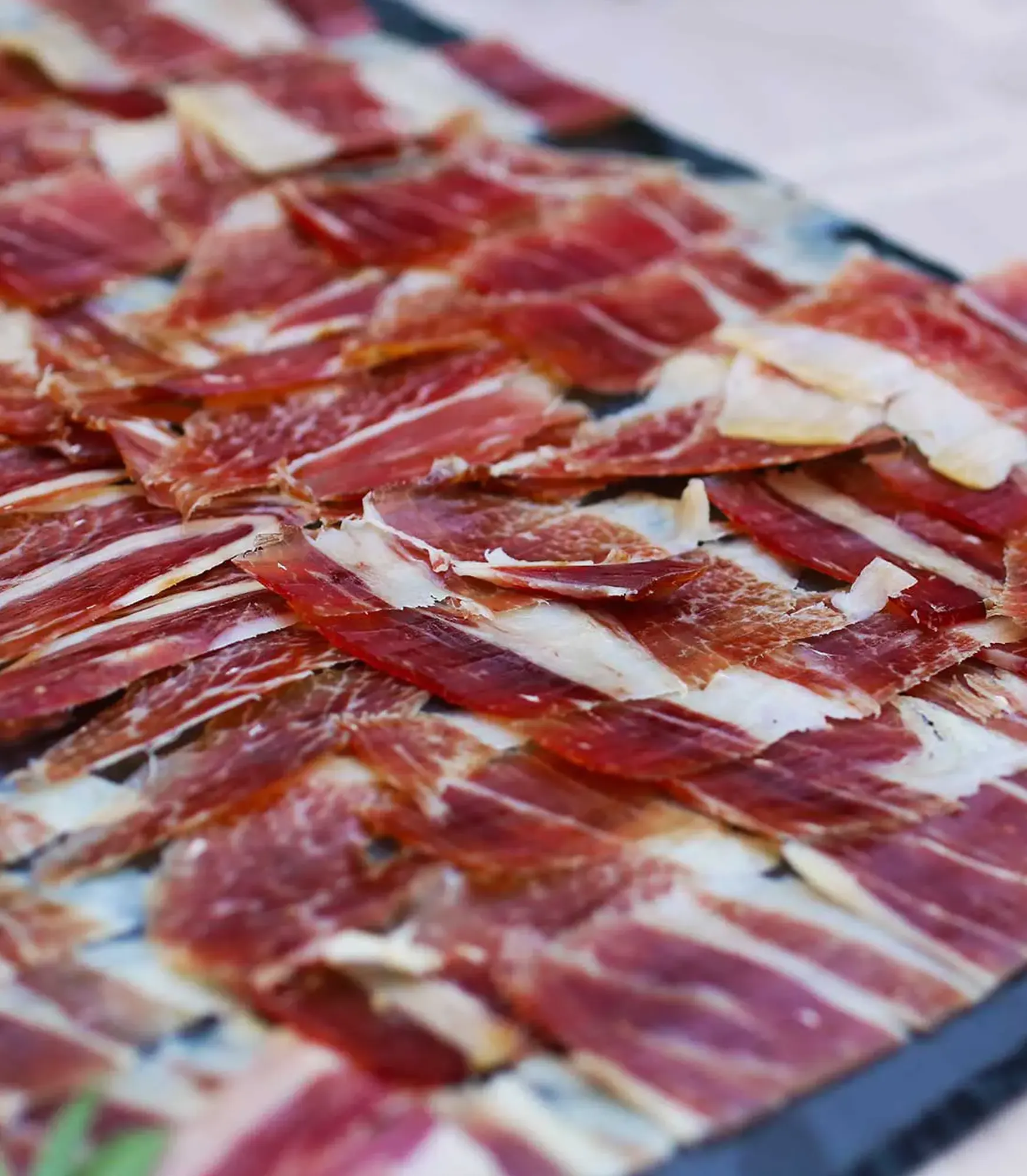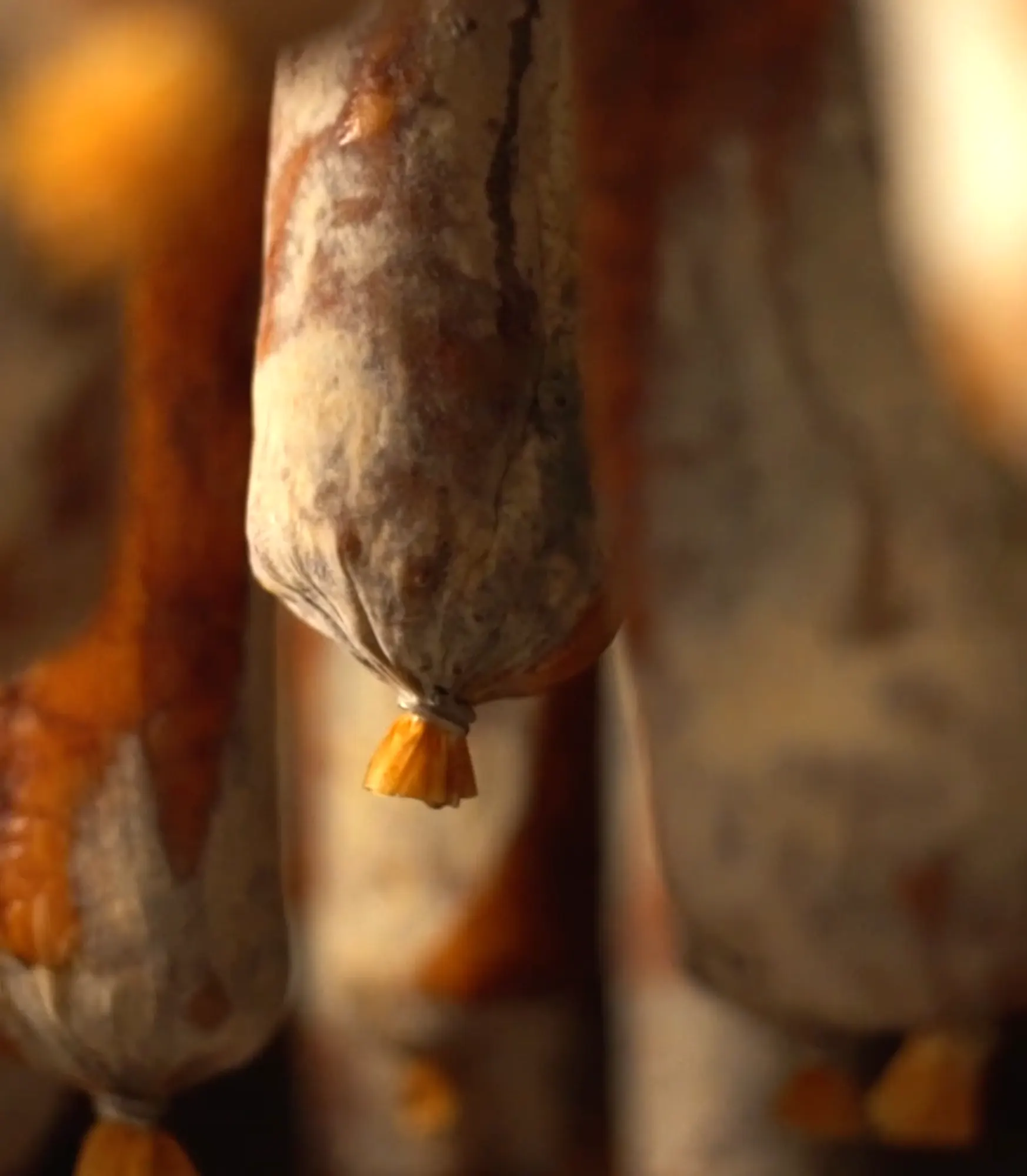As we discussed in our article on salting, the use of salt is the first step prior to the aging or curing process. Salt as a method for preserving meat and fish has a long history (1200 BC).
The regions in which Iberico ham is produced have the climate as a common denominator. They need a cold winter and a very hot summer. Whether in the south, such as Andalusia or Extremadura, or in the north, such as Salamanca or Teruel, production is linked to the seasons and, therefore, the temperatures of the year. In ancient times, when preserving food was a real challenge, the cold of winter in the mountains, helped by the preserving effect of salt, favored the production of this highly valued product.
Maturation or curing is also part of the magic of our artisan process. After three months of the post-salting phase, the pieces go to a natural dryer room to begin their curing. Our products are cured in rooms with the air that descends from the Sierra. The length of this phase varies according to the type of product and the type of piece. A Serrano shoulder, for example, needs a minimum curing time of 10 months. A 100% Iberian acorn-fed ham needs a minimum of 36 months of curing, and can exceed 48 months and loses 38% of its weight during this process.
It is not easy to determine when a ham is ready. To do so, our ham master must select piece by piece. The usual way to assess the curing of a ham, in addition to its production time or its morphology, consists of pressing the different areas with the fingers and thus checking its hardness or its juiciness. The experience provided by the work allows us to know approximately the degree of curing of each ham.
This process is always accompanied by a traditional and very old method: the cove (cala).
